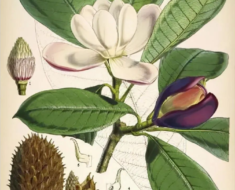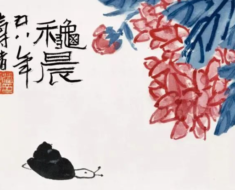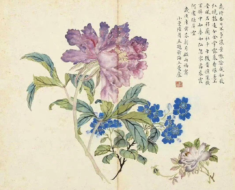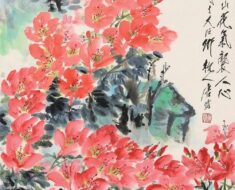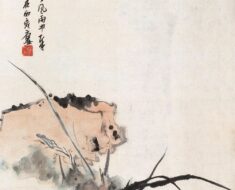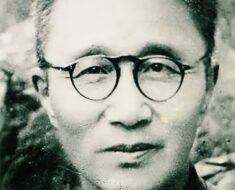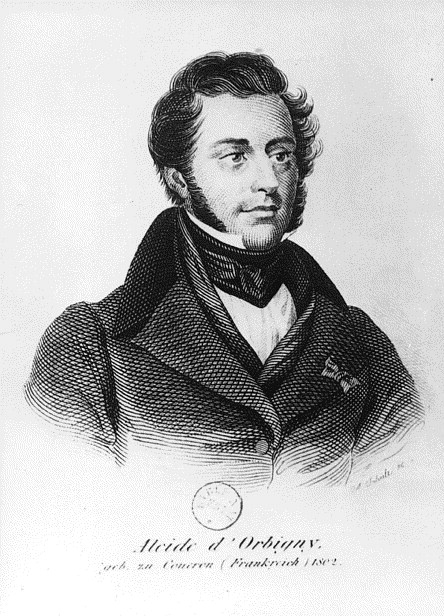
Alcide d’Orbigny
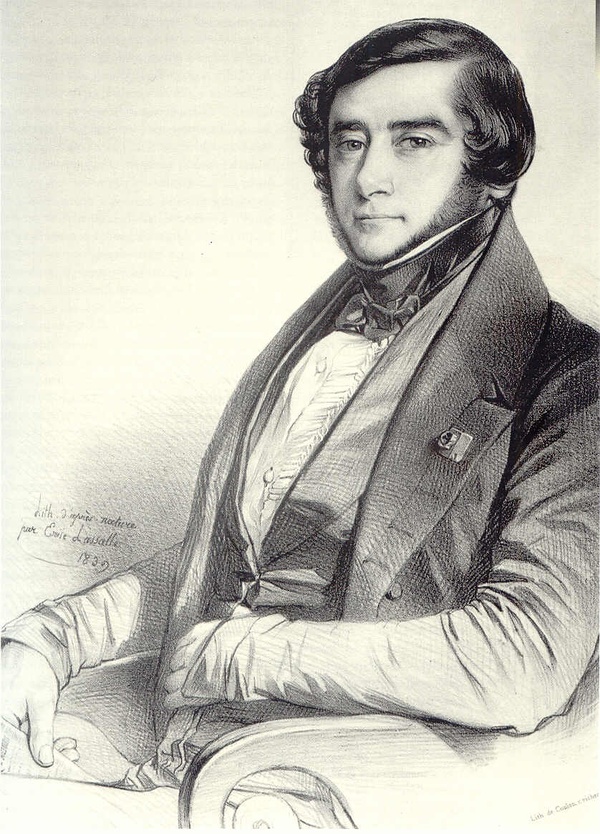
1839年的Alcide d’Orbigny
阿 尔希德.德.奥比格尼(Alcide Charles Victor Marie Dessalines d’Orbigny 1802.9.6 – 1857.6.30),法国自然学家,在包括动物学(含软体动物学)、古生物学、地质学、考古学和人类学在内的多个领域作出了极为突出的贡献。奥比格尼生 于法国Couron (卢瓦尔-大西洋地区),父亲是一位船舶医师和业余自然学家。1820年他们举家搬迁至拉罗歇尔,在那里奥比格尼研习了海洋动物,特别是他称之为“有孔目 虫”的微小生物,开掘了他对自然史的兴趣。
在巴黎,奥比格尼成为地质学家比埃尔.科迪尔(Pierre Louis Antoine Cordier,1777-1861)和乔治居维叶的门生。终其一生,奥比格尼都是居维叶理论的跟随者和拉马克主义的反对者。
南美之旅——
D’Orbigny travelled on a mission for the Paris Museum, in South America between 1826 and 1833. He visited Brazil, Argentina, Paraguay, Chile, Bolivia and Peru and returned to France with an enormous collection of more than 10,000 natural history specimens. He described part of his findings in “La Relation du Voyage dans l’Amérique Méridionale pendant les annés 1826 à 1833 “(Paris, 1824–47, in 90 fascicles). His contemporary, Charles Darwin called this book “one of the great monuments of science in the 19th century”. The other specimens were described by zoologists at the museum. He had numerous interactions with Darwin, and named certain species after Darwin; for example d’Orbigny assigned the common name Darwin’s rhea to the South American bird Rhea pennata.
1840年后——
In 1840, d’Orbigny started the methodical description of French fossils and published “La Paléontologie Fran?aise” (8 vols). In 1849 he published a closely related “Prodrome de Paléontologie Stratigraphique”, intended as a “Preface to Stratigraphic Palaeontology”, in which he described almost 18,000 species, and with biostratigraphical comparisons erected geological stages, the definitions of which rest on their stratotypes.
In 1853 he became professor of palaeontology at the Paris Muséum National d’Histoire Naturelle, publishing his “Cours élémentaire” that related paleontology to zoology, as a science independent of the uses made of it in stratigraphy. The chair of paleontology was created especially in his honor. The d’Orbigny collection is housed in the “Salle d’Orbigny” and is often visited by experts.
He described as first the geological timescales and defined numerous geological strata, still used today as chronostratigraphic reference such as Toarcian, Callovian, Oxfordian, Kimmeridgian, Aptian, Albian and Cenomanian. He died in the small town of Pierrefitte-sur-Seine, near Paris.
奥比格尼出版于1850-1860年包罗万象的科学著作“Dictionnaire Universel d’Histoire Naturelle”是一部附有许多精美科学绘画作品的珍贵史料。
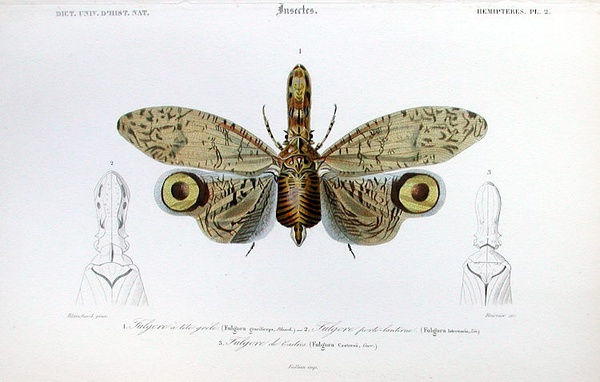
Fulgora graciliceps (1849)
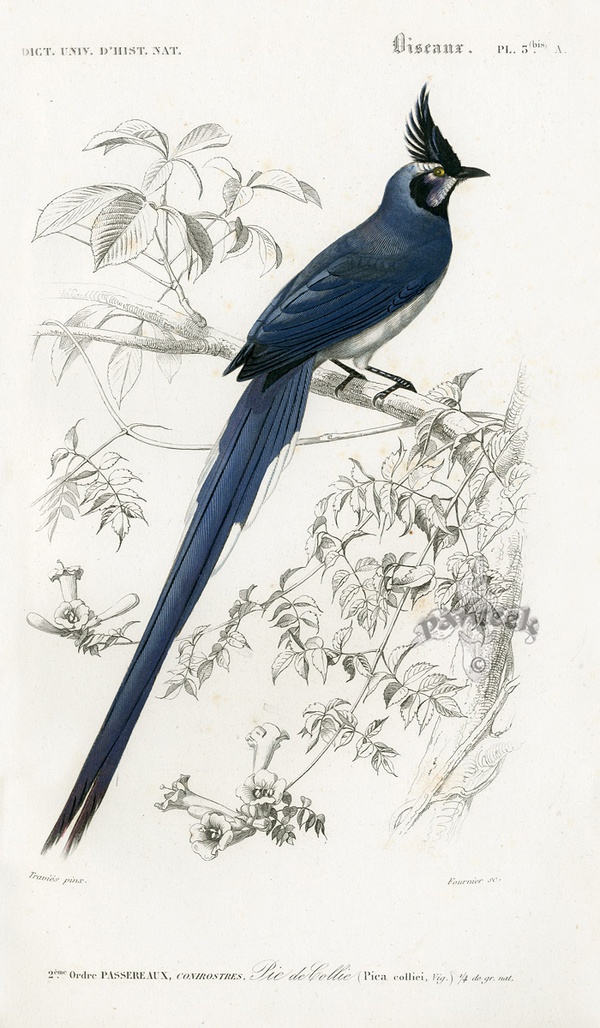
Colombia Jay, Pica colliei (1849)
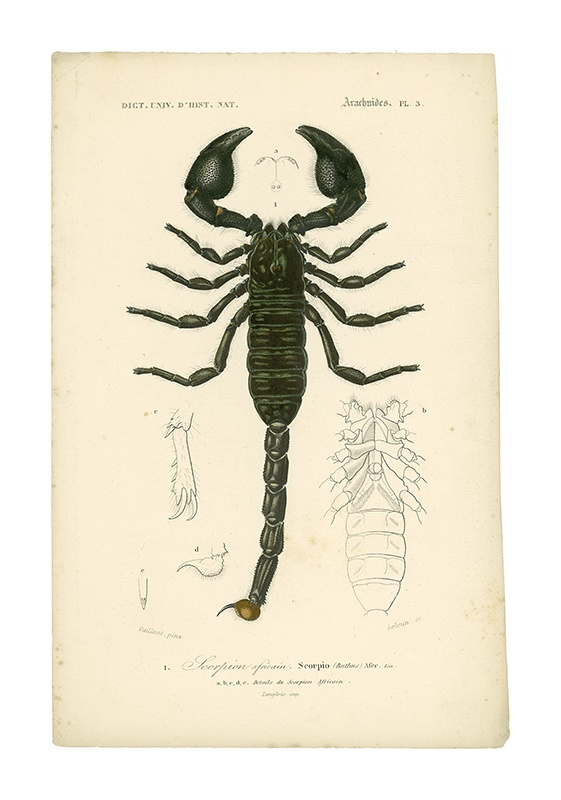
African Scorpion (1849)
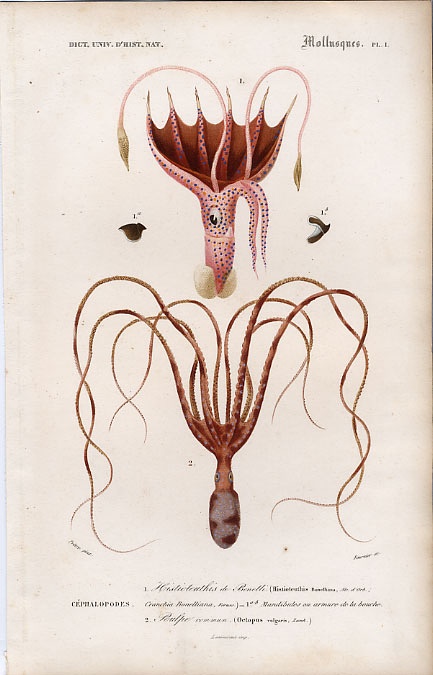
Octopus (1849)
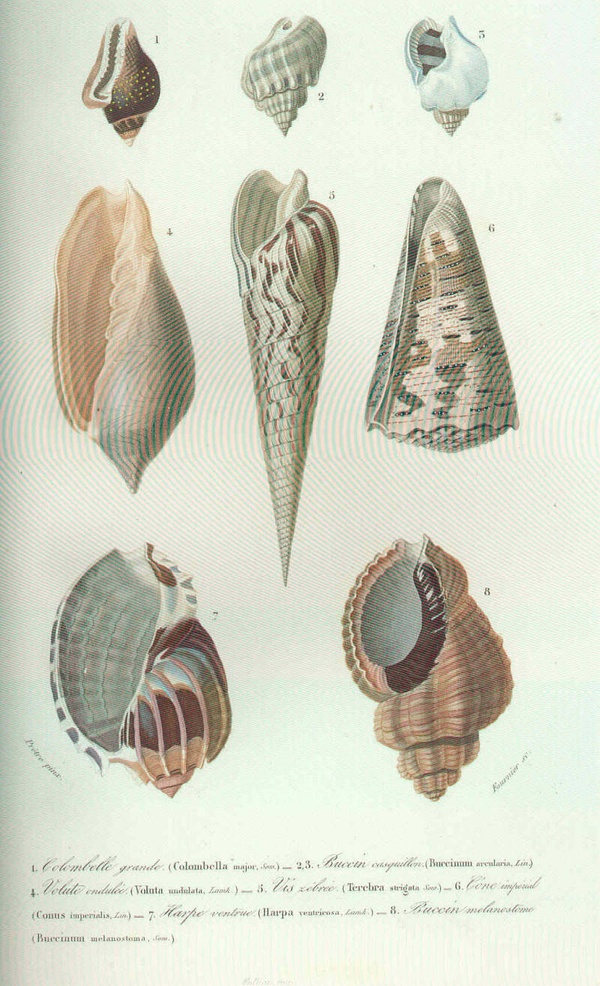
Shells(1849)
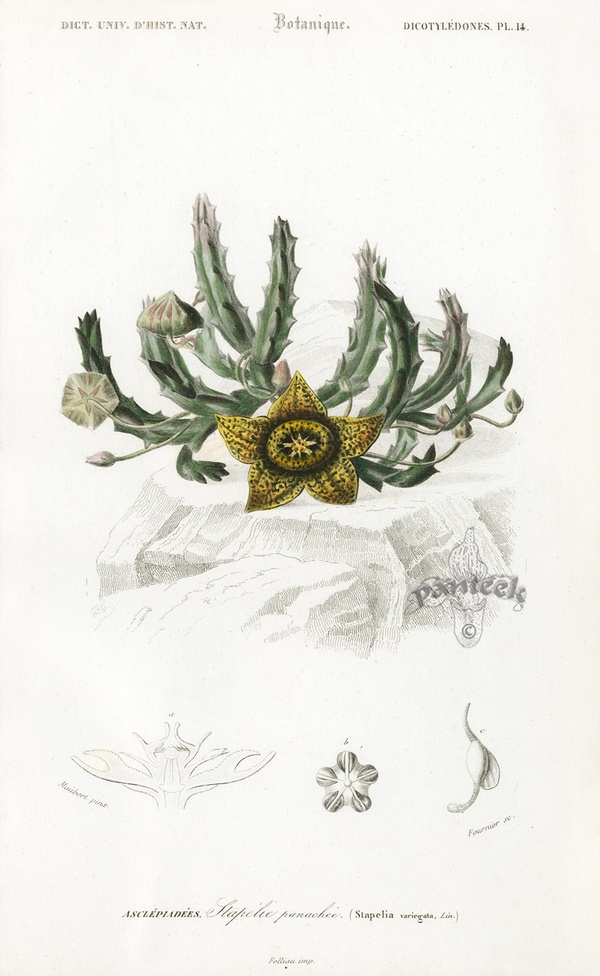
Stapelia variegata (1849)
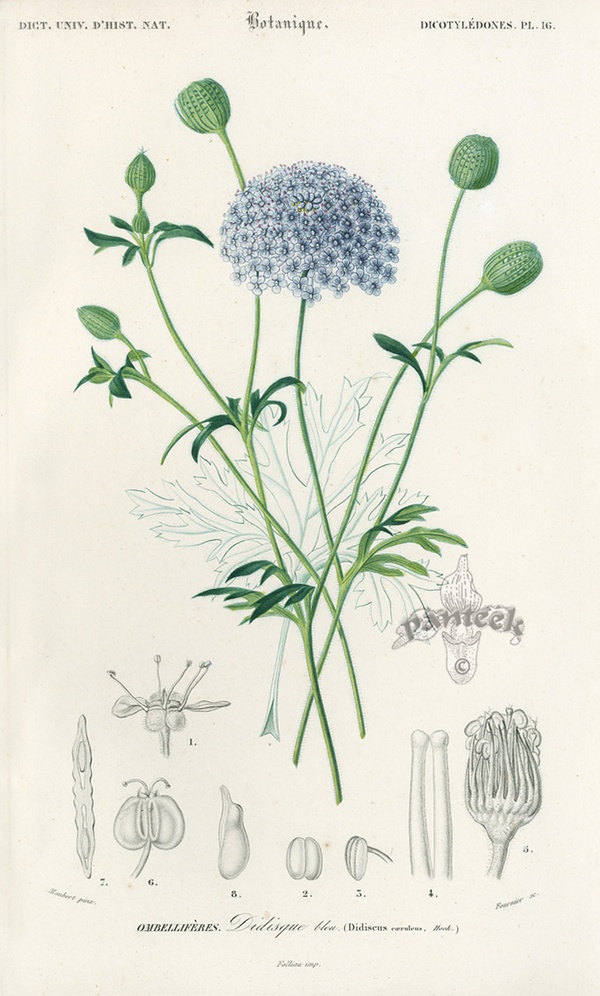
Blue Lace Flower, Didiscus caeruleus (1849)
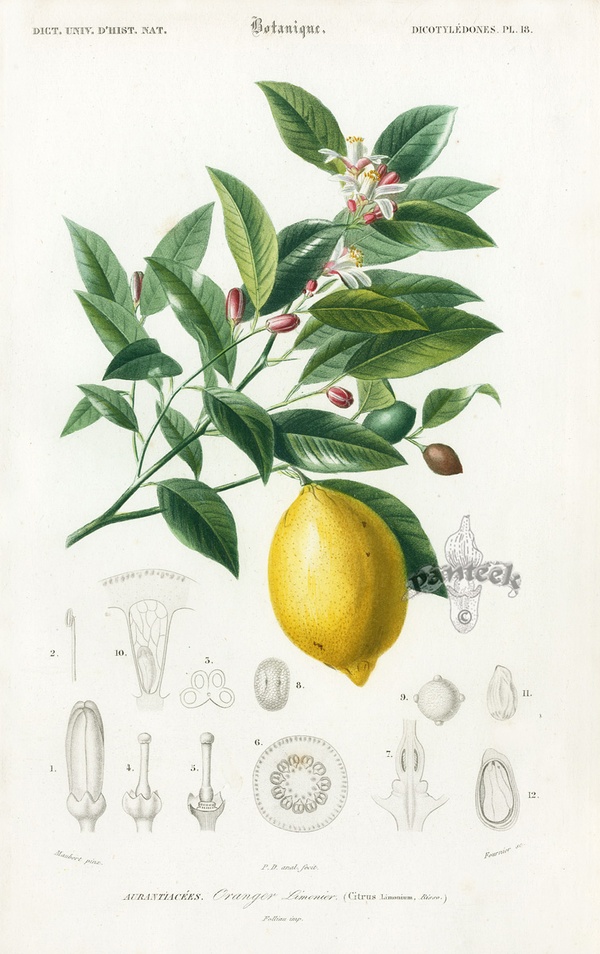
Lemon, Citrus limonium (1849)
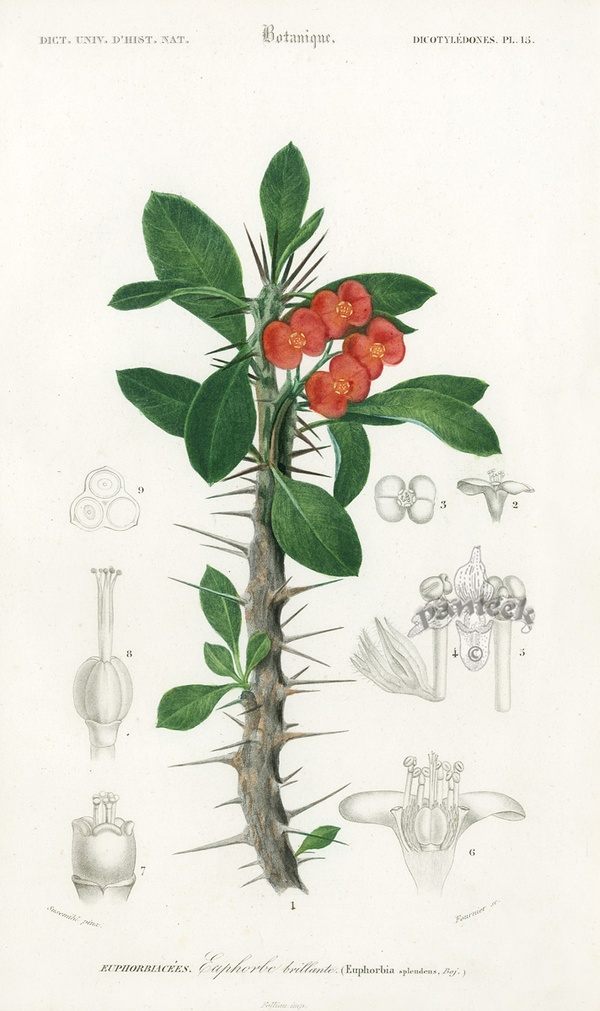
Red Crown of Thorns Plant, Euphorbia splendens (1849)

